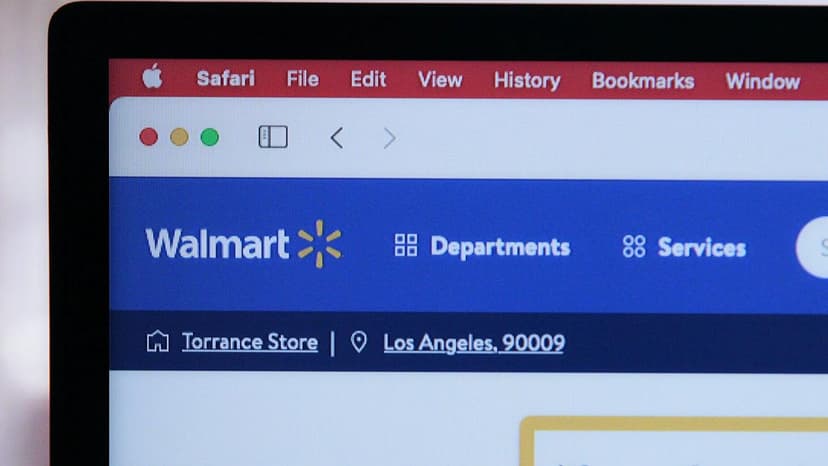What Are Some Effective Direct Marketing Examples?
Direct marketing is a powerful strategy that allows businesses to connect with their target audience in a personalized and direct way. Through various channels such as email, social media, direct mail, and more, companies can promote their products or services directly to potential customers. But what are some effective direct marketing examples that companies can use to boost their sales and engage with their audience? Let's take a closer look at some real-life examples that have proven to be successful.
1. Email Marketing
Email marketing continues to be one of the most common forms of direct marketing used by businesses today. By sending promotional emails to a targeted list of subscribers, companies can inform customers about new products, promotions, and upcoming events. An effective email marketing campaign should be personalized, visually appealing, and provide value to the reader. For instance, a clothing retailer can send personalized recommendations based on a customer's past purchases, while a software company can offer a free trial of their latest product. Examples of email marketing tools include Mailchimp, Constant Contact, and Campaign Monitor.
2. Social Media Marketing
Social media platforms such as Instagram and TikTok offer unique opportunities for businesses to engage with their audience through direct marketing. Companies can create targeted ads that appear in users' feeds based on their demographics, interests, and online behavior. For example, a beauty brand can promote a new makeup collection to women aged 18-35 who follow beauty influencers on Instagram. By incorporating compelling visuals and strong calls-to-action, businesses can drive traffic to their websites and generate leads. Social media marketing tools like Hootsuite and Sprout Social can help companies manage their campaigns effectively.
3. Direct Mail
Despite the rise of digital marketing, direct mail remains a popular and effective form of direct marketing. Companies can send postcards, catalogs, brochures, or samples directly to customers' mailboxes to grab their attention and drive sales. For instance, a local restaurant can mail out coupons for a discount on a meal, while a furniture store can send out a catalog showcasing their latest collection. By personalizing the mailings and tracking responses, businesses can measure the success of their direct mail campaigns. Companies can use services like USPS Every Door Direct Mail or Cactus Mailing to reach specific neighborhoods or demographics.
4. Telemarketing
Telemarketing involves calling potential customers directly to promote products or services. While telemarketing has received mixed reviews due to concerns about privacy and unwanted solicitation, it can still be an effective direct marketing tool when done appropriately. Companies can conduct telemarketing campaigns to generate leads, conduct surveys, or follow up on previous purchases. For example, a telecommunications company can call existing customers to offer an upgrade to their internet service. To ensure compliance with regulations and best practices, businesses can use telemarketing software like CallTools or Five9 to manage their campaigns efficiently.
5. In-Person Selling
In-person selling, also known as face-to-face sales, allows businesses to interact with customers directly at events, trade shows, or retail locations. This form of direct marketing enables companies to showcase their products or services, answer questions, and build rapport with potential customers. For example, a technology company can demonstrate their latest gadgets at a tech expo, while a skincare brand can offer free skin consultations at a beauty event. By providing a personalized experience and collecting contact information, businesses can follow up with leads and nurture relationships over time.
6. Content Marketing
Content marketing is a strategic approach to direct marketing that focuses on creating and distributing valuable, relevant, and consistent content to attract and retain a clearly defined audience. Companies can use blogs, videos, podcasts, and social media posts to educate, entertain, or inspire their target audience. For example, a fitness brand can publish workout tutorials on YouTube, while a financial advisor can write blog posts about investment strategies. By establishing thought leadership and building trust with customers, businesses can drive traffic to their websites and convert leads into sales.
Direct marketing offers a wide range of options for companies to reach and engage with their target audience in a personalized and direct way. By leveraging strategies such as email marketing, social media marketing, direct mail, telemarketing, in-person selling, and content marketing, businesses can drive sales, build relationships, and create brand awareness. By understanding the needs and preferences of their audience, companies can tailor their direct marketing efforts to deliver value and generate a positive response. By implementing a mix of these direct marketing examples, businesses can stand out in a competitive market and achieve their marketing goals.












